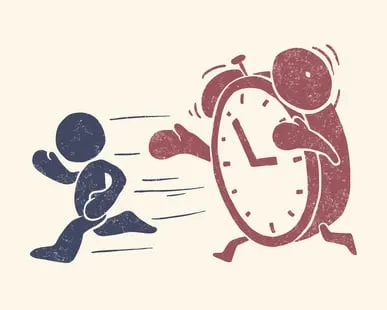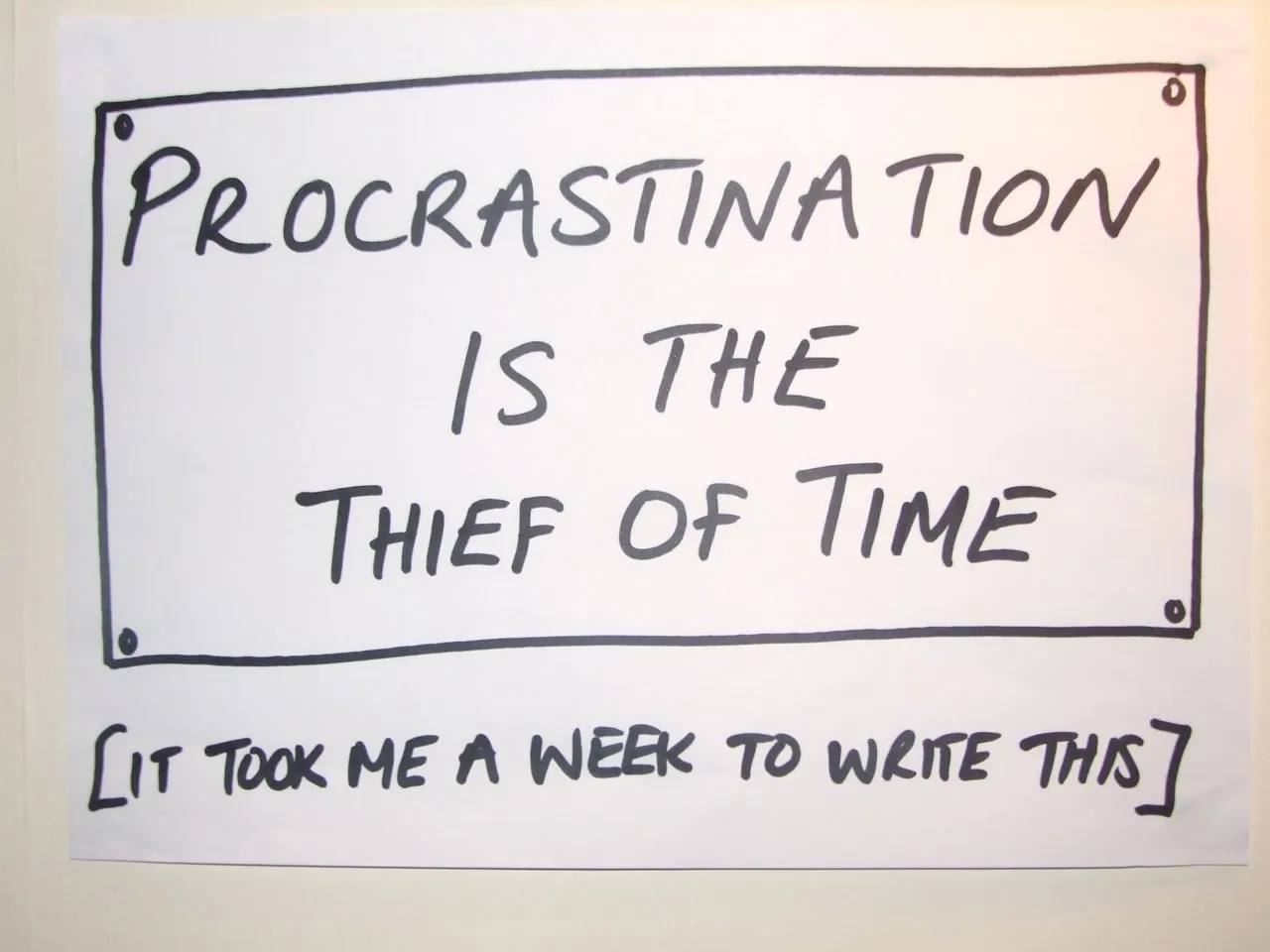If you've ever thought that there is not enough time in the day to get all of your work done, you're not alone. Many folks in the workplace are handling more and more responsibilities and juggling projects to meet seemingly impossible deadlines.

The truth is, no matter how busy you are, there is nothing you can do about the passage of time. In order to get things done, think self-management versus time management. For most people, this means a marked behavior change. Although change can be scary, if you are ready to commit to doing something different and finally getting things done, here are a few tips to get you started.

Start with an assessment.
Have you noticed that many successful people are highly organized and time conscious? With that observation, don't reinvent the wheel when it comes to time management. Adopt this way of being by first assessing how you spend your time each day. Review all of your daily activities and pinpoint ways to organize them for better productivity.

Take stock of your time wasters and deal with them.
After completing your assessment, you have undoubtedly identified some significant time wasters. Are you spending way too much time on email, phone calls or socializing with unexpected guests and visitors? By recognizing and admitting to your time wasters, you can take the necessary steps to eliminate them.
For example, set up systems to deal with mail, handing it no more than necessary. Set a time during the day to go through your mail and be prepared to act on it, forward it, file it for further review or toss it. Make sure you don't abuse the "file it" option, as you will just create another mound of stuff to go through. Set a deadline to decide their fate.
The goal is to use your time more efficiently each day and curb the time thieves. This may require more structure on your part, but if you want to be more efficient in getting important things done, a bit of structure is your friend.

Make a plan.
This is all a part of creating the organized structure you need to gain control of your time. Revamp the traditional to-do list by integrating Stephen Covey's Time Management Matrix to bring you this structure. Create the matrix with the four quadrants and label accordingly:
. A Priority (Quadrant 1) -- Important and urgent tasks
. B Priority (Quadrant 2) -- Important, but not urgent
. C Priority (Quadrant 3) -- Not important, but urgent
. D Priority (Quadrant 4) -- Not important and not urgent
Each day, create a list of things you need to accomplish. Then prioritize and organize items in the matrix, starting with the most important and urgent activities. With Covey's tool, you'll know where to focus. The A priority items need your immediate attention. The B priority items can be planned, scheduled and completed later. The C priority items need minimal attention. For D priority items, consider why you should handle these at all.

Finally, nip procrastination in the bud.
For some, procrastination is the biggest time thief of all. Procrastination is avoidance. No matter how many lists, schedules and other practices you put in place, if you don't deal with your procrastinating tendencies, you won't likely see any improved results. According to some experts, procrastination rears its ugly head for many people due to these common reasons:
. Uncertain of goals and objectives
. Unsure of how to proceed on a project
. A fear of failure or not getting it perfect
. A sense of being overwhelmed and not knowing where to start
. Difficulty in concentrating because the work is just not interesting
When you come to terms with reasons you procrastinate, you are more likely to take steps to overcome the hurdles. Whatever you do, don't put this off.
To regain control of your time, you must understand that time management takes self-discipline. Change is difficult, but with determination,

"you can make it happen."